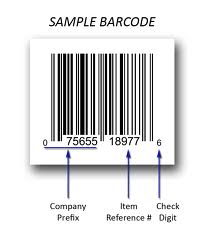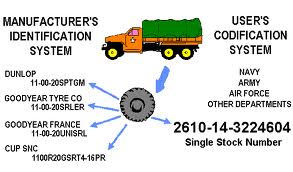NuEra-ID Pty Ltd
BALLINA AUSTRALIA 2478 (ABN 25 126 210 320) Ph:+61 2 9016 4695
"Helping others to have a future assures our own."
NuEra-ID Pty Ltd
BALLINA AUSTRALIA 2478 (ABN 25 126 210 320) Ph:+61 2 9016 4695
"Helping others to have a future assures our own."
THE REASONS WHY NuEra-ID's SYSTEM OF UNIQUE IDENTIFICATION IS SIGNIFICANTLY SUPERIOR TO GS1
|
Introduction Essential to operating a profitable enterprise is the ability to exercise precise control over inventory, processes, documentation and staff. The ability to individually identify any item or thing is a key enabler to achieving that precise control but in the past the cost of acquiring and exercising that capability has outweighed its benefits. NuEra-ID's solution is the first and only that makes individual identification both cost-affordable and practical and, being so, is far superior to that of its nearest competitor, GS1.Aim The aim of this paper is to explain why the method of individual identification invented by NuEra-ID is significantly superior to that used by GS1; both in terms of its practicality, simplicity, utility, cost and ease of application. Fig 1. Linear Barcode About GS1 General. GS1 stands for Global System One. Its purpose is to provide unique numbers that can be used to identify items; particularly those in the retail industry. These numbers are typically displayed as linear barcodes (see Fig 1). This is especially useful in reducing the effort at the point of sale.Linear Barcodes used for Generic Identification. Because of the past limitations of linear barcodes, GS1 numbers typically are used to generically identify an item, for example, a 425 gram can of baked beans made in Australia by SPC. |
 Fig 2. Linear Barcode The GS1 Method of Individual Identification GS1 System Ill-conceived. At the time when 2D barcodes became practical, GS1 was already well established in the retail industry and had achieved a high level of consolidation of the various numerically-based identification systems being used throughout the world. When the challenge of constructing a system of individual identification was put to the GS1 consortium, they chose a solution that built on the existing method of generic identification. Though seemingly logical at the time, this was a mistake for reasons that will be explained in this paper.GS1 requires large number of separate registries. GS1 achieves individual identification by appending to a NATO stock number, or a Manufacturers Part or Product Number, a serial number allocated from a registry maintained by the “owner” of that part or product. The NATO stock number, for example, is "owned" by its country of origin; revealed by the 5th and 6th numbers in the 13 digit sequence that comprises the entire stock number. In the case of the example, shown in Figure 3, the country of origin of the stock number is “14”, ie, France. In the GS1 system, it is necessary that each country maintain a separate registry for each of its NATO stock numbers where individual identification is desired. Not only is this difficult to coordinate to the point of being |
 Fig 3. NATO and Manufacturer's Numbers GSI Identifier unable to be used as a Primary Key in a Database Table. As can be deduced from Figure 3, the composition of a GS1 individual identifier can be an alphanumeric string. For example, the Dunlop Manufacturer's Part Number shown in Figure 3 is 11-00-20SPTGM. Under the GS1 system, the first item to be allocated a unique identifier could be 11-00-20SPTGM-00000000001. In this example, the manufacturer has allowed for up to 10 billion items of this part number to be made before the numbers would be exhausted. This too presents a problem in that manufacturers can only guess at how many items they will be making and selling. The other approach is to number the first item as 11-00-20SPTGM-1 and, for example, the thousandth item as 11-00-20SPTGM-1000, and so on. Computers work best when retrieving information from a database with numbers, especially integers,1 as identifiers rather than alphanumeric strings. But the GS1 system poses two challenges to efficient database operation. Not only is it likely to be alphanumeric in its construction but, across a variety of manufacturers, it will be of variable length. This effectively prevents GS1 identifiers provided by numerous sources of supply being used as a primary key in a database. This significantly degrades the ability of a computer to rapidly access information relating to any particular identifier. |